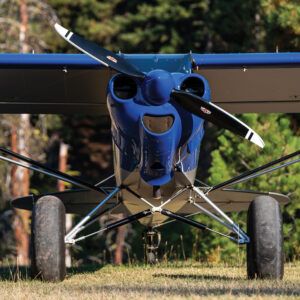
I had all the best intentions. When I bought my GlaStar, I had hoped to keep some of its very simple nature intact, but soon it went from no-IFR, vacuum-driven instruments to fairly well equipped—though still no big-screen EFIS. It went from wood prop and a carburetor to a carbon-fiber airscrew and fuel injection. It ate money and put on weight. Joke among yourselves.
And I confess to casting an acquisitive eye on some of the airplanes I get to fly, usually with the latest gear and big engines partly managed with a blue knob in the cockpit. High performance on someone else’s nickel, of course, but it sure is nice to have the tach sit there on one number despite turbulence and, um, vertically lumpy air. It’s easy to get sucked in, and I find myself checking in at the Hartzell or Whirl Wind websites to shamelessly ogle constant-speed props and then, in idle moments, mentally ticking off the task list to swap from my trusty ground-adjustable Sensenich to something, uh, “sexier.”
Back to Earth
Indirectly, I owe CubCrafters thanks for redirecting my efforts. As you will see from the January issue’s cover, they’ve reworked the EX-2 Carbon Cub in response to supply pressures. Gone is the hard-to-get O-340. In its place, a specialized and fanatically weight-reduced IO-360 they call a CC363i. The engine is mated to either a larger version of the Sensenich prop I’m familiar with—a whopping 82-inch-diameter model, which would make mincemeat out of my 74-inch example—or a bevy of Catto fixed-pitch props. For a range of reasons, including packaging, the new EX-2 has fuel injection instead of a carburetor. It’s a swap I can get behind. Since reworking my own firewall-forward landscape, I can say emphatically that I do not miss my MA4-SPA carburetor—no offense, Marvel-Schebler!
Taking a simpler-is-better approach with the Cub is appropriate. While flying the bigger EX-3—also fuel injected but with a constant-speed prop, but otherwise similar to the EX-2—isn’t exactly Lockheed Constellation-level difficult, there is something about flying the fixed-pitch airplane I find really appealing. In part, it’s the nature of Cub-style flying. You’re not trying to optimize every knot for every tenth of a gallon per hour of fuel. You could, but you’d be missing the point. The EX-2’s new engine installation is completely happy in the “close enough” settings that you can, instead, just keep your eyes outside and enjoy the view. What’s more, the Cub airframe isn’t so slick that finding the exact right pitch will make a world of difference. Pick the one that gives good takeoff and initial climb without edging into the engine redline too quickly and you’re good to go. One notch on the pitch-change pin won’t get you 10 knots.
Unlike the EX-2 CC363i, which is not set up to be convertible to constant-speed, I spec’d my IO-340 to be, thinking that I might one day want to—you never know when Hartzell or Whirl Wind will ring up and say, “Marc, you just gotta test this prop!” But for me, personally, it’s more a matter of cost and weight, and not necessarily in that order. I’d have to get serious about replacing my overly heavy battery and maybe even reworking my baggage floor, which is nicely finished wood but very heavy compared to a composite structure, to chip away at the weight gain. And while I’d no doubt have better takeoff performance, I really don’t want to give up the payload or impact the handling.
Truth is, I’d been chafing a bit and thinking more and more about “upgrading.” Flying the EX-2 helped put those choices into a slightly different perspective. Simple is more affordable. Simple is lighter. Simple is good.
Safety in Numbers
I’m loath to step on Ron Wanttaja’s toes where safety stats are concerned, but AOPA’s annual Nall Report just showed up and I couldn’t resist a look. The current Nall Report extends through 2020 data, so it’s not recent enough to pick up on trends during 2021. And there are accidents in there still under investigation so their tagged categories could change. This is more like a snapshot.
Experimental aviation is part of the GA whole, of course, so it’s worth seeing our part of this in context. “The overall total and fatal accident rates for 2020 saw a downward trend finishing with a total accident rate of 4.69 per 100,000 hours and a fatal accident rate of 0.83 per 100,000 hours,” according to the report. “A large drop in accidents helped mitigate a substantial decrease in flight activity. Overall, flight activity fell from 25.5 million hours in 2019 to 22.4 million hours in 2020.” I realize there’s a ton of noise in the numbers—something Ron Wanttaja, when he writes our frequent safety pieces, sees and notes consistently—but it’s still interesting to have a top-line look at the numbers.
For both GA overall and Experimentals specifically, not a lot has changed. We’ve thrown a fair bit of technology at aviation over the last decade or two, with peerless navigation tools and far more reliable instrumentation within pretty much everyone’s reach. Autopilots, many with envelope protection and a few (in the GA world) able to land the airplane without your assistance, are far more common.
And yet we keep doing dumb things at the stick or yoke. Within the Experimental community, landing accidents lead the pack (44, but none fatal), followed by “mechanical” (with 28 accidents, two fatal), takeoff (22 with five fatal), the “other” category (12 with five fatal), maneuvering (11 with eight fatal) and descent/approach (nine with five of those fatal). Good to see so few fuel management accidents for homebuilts; they’re depressingly common in GA.
It’s worth noting that there were no fatalities related to the landing accidents, but accidents in the maneuvering phase were deadly 73% of the time. No doubt there’s some influence of pilots just coming into homebuilts, which don’t typically have handling as benign as a Cessna. We have amazing airplanes at our disposal, but they require respect, knowledge and, above all, proper training.

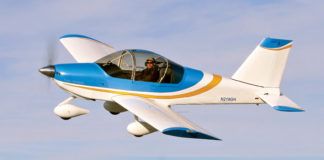
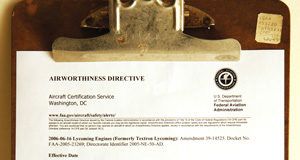
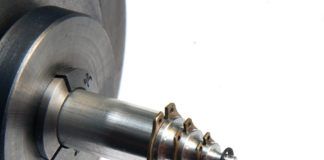
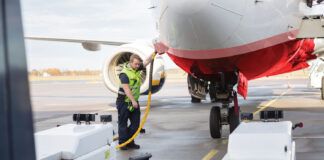
I prefer simple where ever possible. Screens can be distracting. Some give way more information than a person needs or can fully utilize. I’ve found myself having less situational awareness the more I bring technology into the cockpit. And there is a theory of reliability in the way things have been done for decades, and how the military used to do things as well. But this theory of simplicity is being ignored and forgotten, and we are at risk of having less reliability and safety going forward as a result.